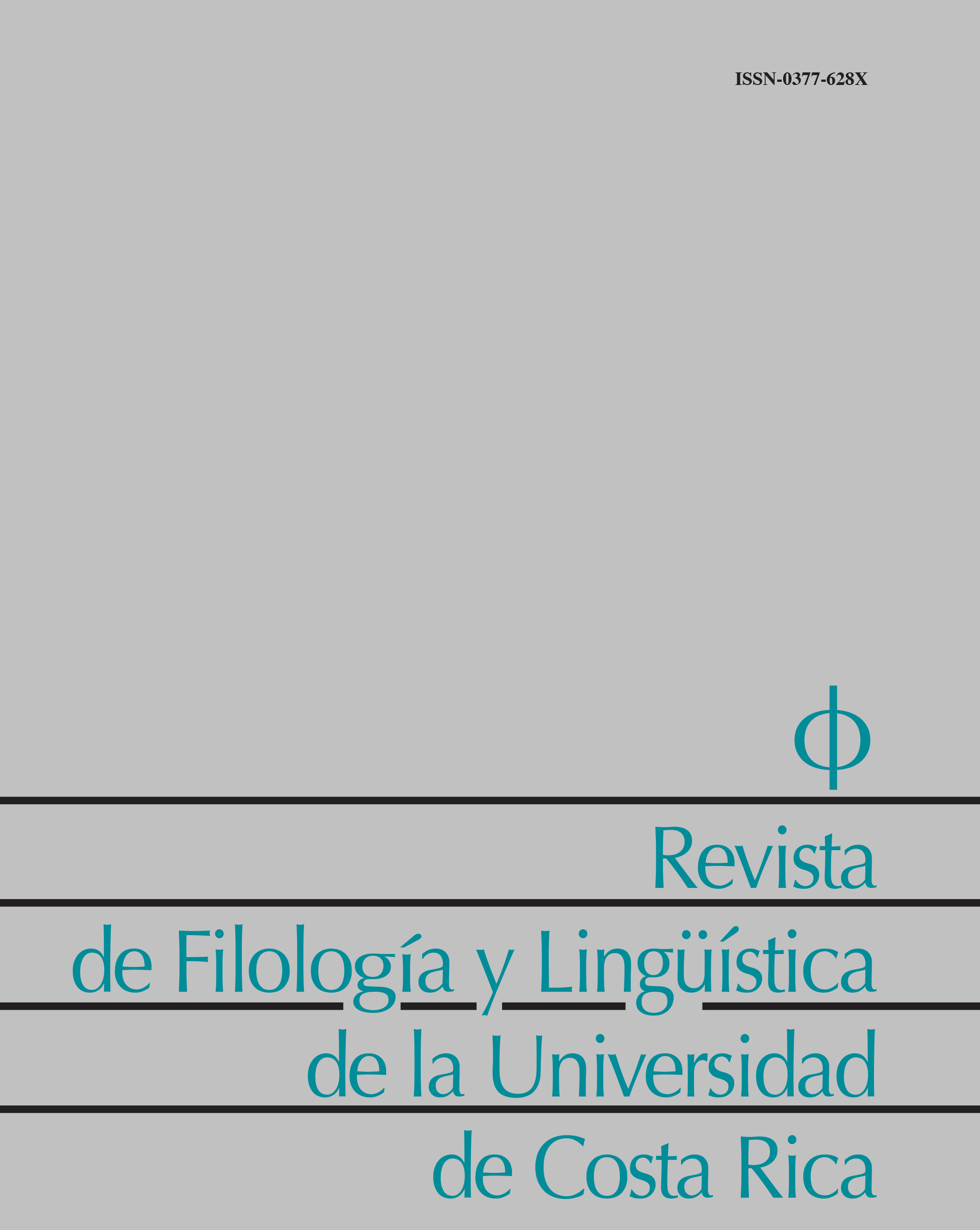Abstract
This article is intended to incorporate the Interactive Listening and Reading Model, from the perspective of Swaffar, Arens and Byrnes (1991) as a strategy and thread to develop, organize and scale up the activities of a teaching unit or lesson plan. This with the intention of highlighting the Model as an integrative tool providing opportunities to select and organize a motivating repertoire with interactive, meaningful and contextualized activities starting from the area of comprehension (listening and reading), including also expressive activities (oral and written) as well as cognitive aspects to generate meaning, recreation and reaction to the text from a personal perspective.
References
Carrel, P. (1993). Interactive text processing: implications for ESL/ second language reading classrooms. Por P. Carrel, J. Devine y D. E. Eske. (Eds.). Interactive approaches to second language reading. (239-259). Estados Unidos: Cambridge University Press.
Cassany, D., Luna, M. y Sanz, G. (2008). Enseñar lengua. Barcelona: GRAO.
Cros, E. (1997). El sujeto cultural sociocrítica y psicoanálisis. Argentina: Corregidor.
Eskey, D. (1993). Holding in the bottom: an interactive approach to the language problems of second language readers. Por P. Carrel, J. Devine y D. E. Eske. (Eds.). Interactive approaches to second language reading. (93-100). Estados Unidos: Cambridge University Press.
Eskey, D. y Grabe, W. (1993). Interactive models for second language reading: perspective on instruction. Por P. Carrel, J. Devine y D. E. Eske. (Eds.). Interactive approaches to second language reading. (223-238). Estados Unidos: Cambridge University Press.
Goodman, K. (1993). The reading process. Por P. Carrel, J. Devine y D. E. Eske. (Eds.) Interactive approaches to second language reading. (11-21). Estados Unidos: Cambridge University Press.
Krashen, S. (1981). Principles and Practice in Second Language. Englewood Cliffs, N.J.: Prentice- Hall.
Lucchi-Riester, E. (2007). La actuación teatral y la adquisición de segunda lengua. (Tesis de Maestría). Indiana University. Estados Unidos. https://scholarworks.iupui.edu/bitstream/handle/1805/998/Binder1.pdf;jsessionid=99D [Consulta 21 de enero de 2009].
Richards, J. (1990). The Language Teaching Matrix. England: Cambridge University Press.
Samuels, S. y Kamil, M. (1993). Models of the reading process. Por P. Carrel, J. Devine y D. E. Eske. (Eds.). Interactive approaches to second language reading. (22-36). Estados Unidos: Cambridge University Press.
Schnell, E. (2011). El Modelo Interactivo de Escucha y Lectura para la enseñanza del se en español. (Tesis de Maestría). Universidad de Costa Rica.
Shrum, J. y Glisan, E. (1994). Teacher´s Handbook Contextualized language Instruction. Boston, Massachusetts: Heinle and Heinle Publishers.
Swaffar, J., Arens, K., y Byrnes, H. (1991). Redding for meaning. An integrated approach to language learning. Estados Unidos: Prentice Hall.

